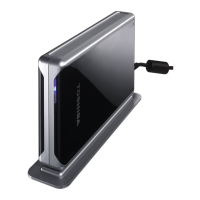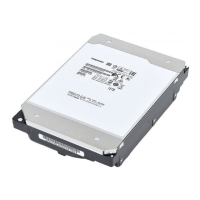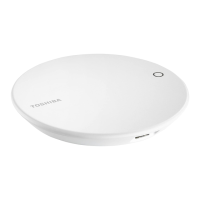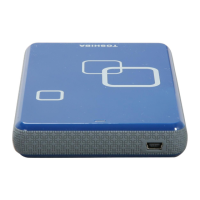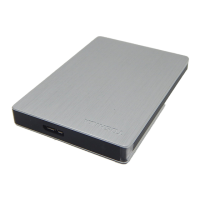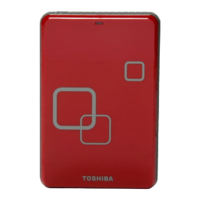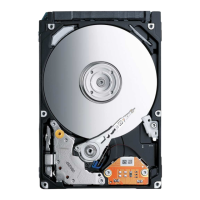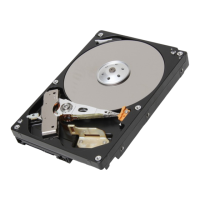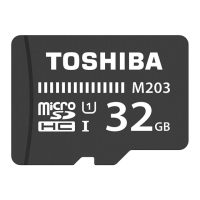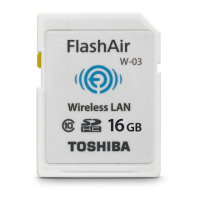78
Defragmenting and Optimizing a Hard Drive
A hard drive stores data on disks called platters. Each platter surface
is divided into concentric tracks. Each track is divided into sections
called sectors. A group of sectors, called a cluster, is the smallest unit
of data storage space on a platter.
When data is saved to a new hard drive, it is written to the disk(s)
contiguously, one cluster after another. As old files are erased,
clusters that were previously occupied become available for new
data. However, there may not be enough space for the drive to
write a new file in a contiguous set of clusters. The drive uses the
clusters it can; if more are needed it searches for empty clusters in
other locations on the disk(s). The result is a fragmented file.
Over time, as more and more files are erased and new files are
written, the data on the disk(s) becomes increasingly fragmented.
The more fragmented a disk becomes, the longer it takes to read
and write data because the Drive’s read/write mechanism spends
more time moving back and forth over the platter searching for
fragmented data or free clusters.
We recommend using defragmentation and optimization software
to maximize storage efficiency and optimize performance.
Optimization software re-organizes files so that the files you
Maintaining your Drive
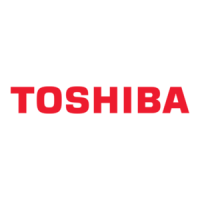
